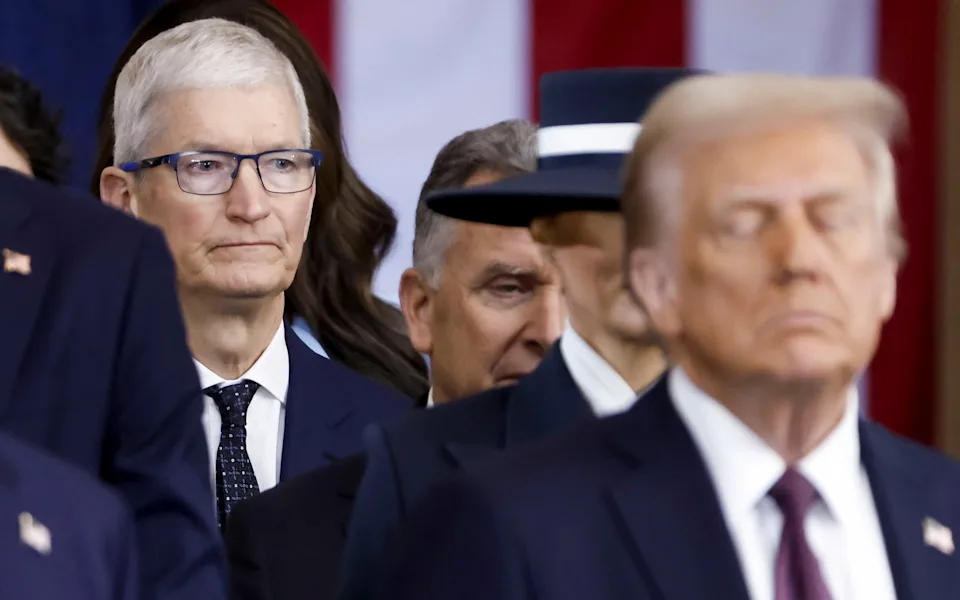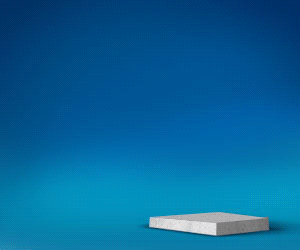Tariffs were supposed to bring manufacturing back into the American heartlands. They would create hundreds of thousands of skilled, well-paid jobs. And they would bring down the trade deficit at the same time as making the country more secure. It is possible, at least if you think hard enough, to come up with a few rational arguments for Donald Trump’s imposition of tariffs on everything imported into the United States. There is, however, a major flaw in the plan. Apple, America’s most successful company, can’t afford to manufacture in its home country, and neither can many other companies at the top end of the market – and you can’t “make America great again” by destroying your most successful businesses.
As Trump, and his counterpart in Beijing, Xi Jinping, raised the tariff stakes last week we ended up with what amounted to a total embargo on trade between the world’s two largest economies. At least as of Monday afternoon, Trump had imposed a 145pc tariff on everything China ships across the Pacific, while the slightly calmer Xi stuck with 120pc on American goods sold into China, on the grounds that there was not much point in going higher, since the levy was so punishing that raising it no longer made any difference anyway. That will affect businesses right across the US, of course. But none more so than Apple. Ever since the launch of the iPhone, by far the world’s most successful consumer product, the majority of the gadgets have been manufactured in China, and especially the newer, higher-priced models where Apple makes most of its money.


As the chief executive Tim Cook never tires of patiently explaining, that is partly about price, but it is just as much about quality, speed and reliability. China has become the manufacturing hub of choice because that is where the work can be done. Sure, it could move production to Texas, Florida or California. But it is a lot easier in theory than it is in practice. According to an analysis by Dan Ives, of Wedbush Securities, an iPhone that costs $1,000 (£758) now would go up in price to at least $3,000 if it was made in the US. Almost as seriously, it would be at least 2028 before the required volumes could be delivered. Given that the American market accounts for a fifth of all iPhone sales, and is by far the company’s biggest market, that would have a crippling effect.
It is not hard to understand why $500bn has been wiped off the value of Apple alone since Trump started unveiling his trade strategy, if that is not too grand a word for the often baffling announcements from the White House, on “liberation day”. Tim Cook, and the Apple lobbying machine, appear to have won themselves a temporary reprieve. Over the weekend, the president suspended the tariffs on smartphones, along with some semiconductors, although by the opening of the week that was only for a month, which won’t be nearly enough time to replace the Chinese supply chain. But the threat of tariffs, prices rises, and delivery delays still hangs over Apple, and it will do so for many months to come. In effect, the most successful company in the US, or the world, come to think of it, will be badly damaged by the policy, and, in the most extreme version of events, could be completely destroyed.
The impact of tariffs on Apple perfectly illustrates the wider problem with Trump’s rushed policy-making. There is a case to be made for higher levies on imports. America needs to rebuild its industrial base, it can’t always be reliant on its main geopolitical adversary for a vast range of tech and consumer goods, and it needs to bring production back onshore. Joe Biden was trying to do all that with his huge range of subsidies, especially for microchips, and now Trump is pursuing the same goals, but with tariffs as the main tool instead. It has become the new consensus in American economic policy, and, whoever is in charge, it is likely to stay in place. The rest of the world will just have to get used to it. The trouble is, the tariffs have been poorly designed, poorly planned and poorly executed.
First they should have been announced a long way in advance so that companies had the time to reconfigure their supply chains. If it will take Apple until 2028 to build the manufacturing capacity in the US, which sounds about right, why not wait until then before the tariff is introduced? If it will triple the cost of an iPhone, why not phase the tariff in gradually so that the market has time to adjust? Perhaps most of all, talk to industries first to figure out what the impact might be instead of raising the tariffs overnight, and then suspending them after some frantic lobbying from a series of bewildered chief executives. It remains to be seen whether Apple can build the factories it will need in the US. As an insurance policy, at least, it will have to try. It can’t risk going through another week with huge tariffs hanging over it. But the important point is this. Tariffs may be a good idea. Or they may be a terrible one. We can all debate that. But either way they have to be implemented seriously, cautiously and carefully. America’s most successful company has just shown us how much damage a badly designed tariff can do – and that is not going to help the American economy.





































